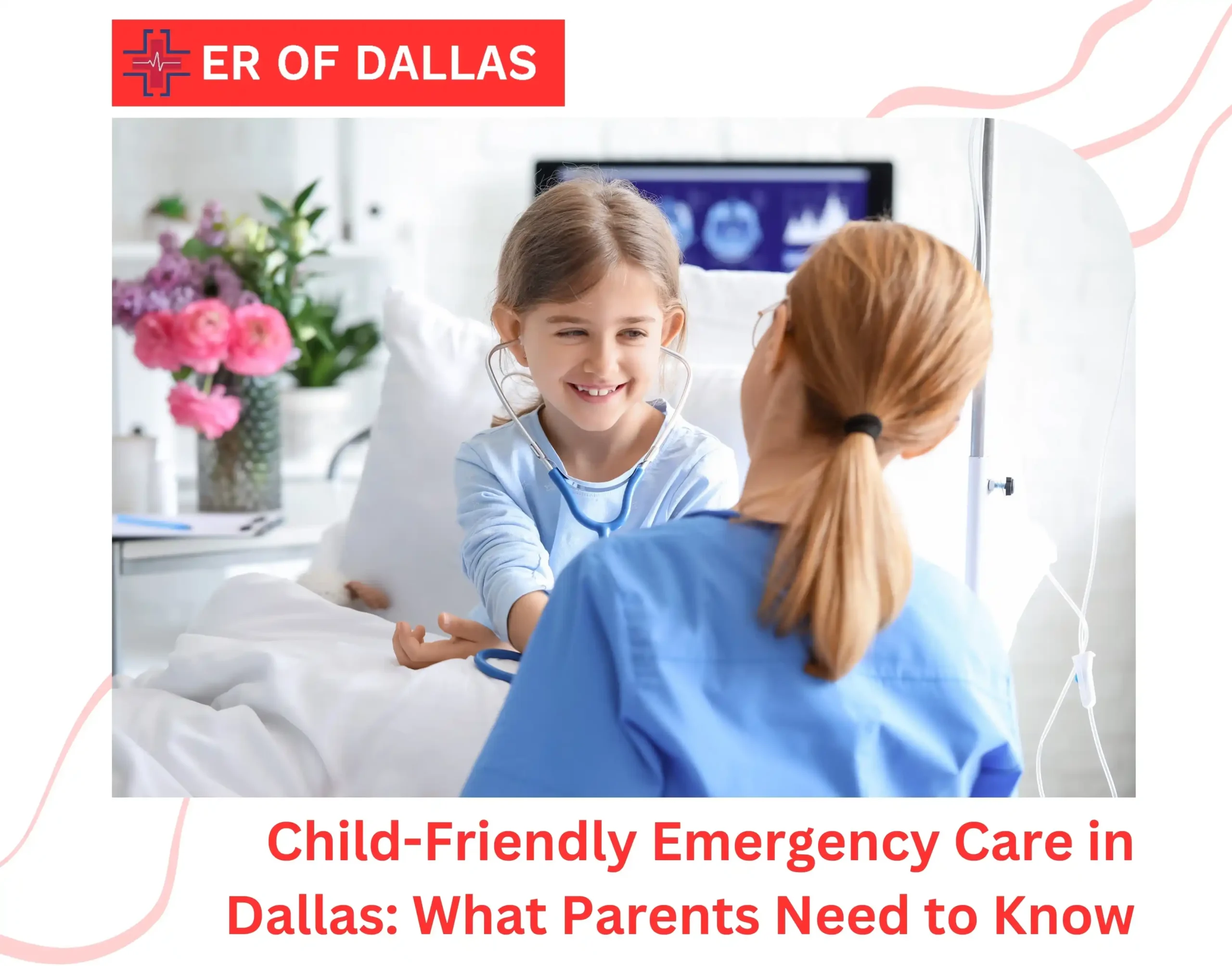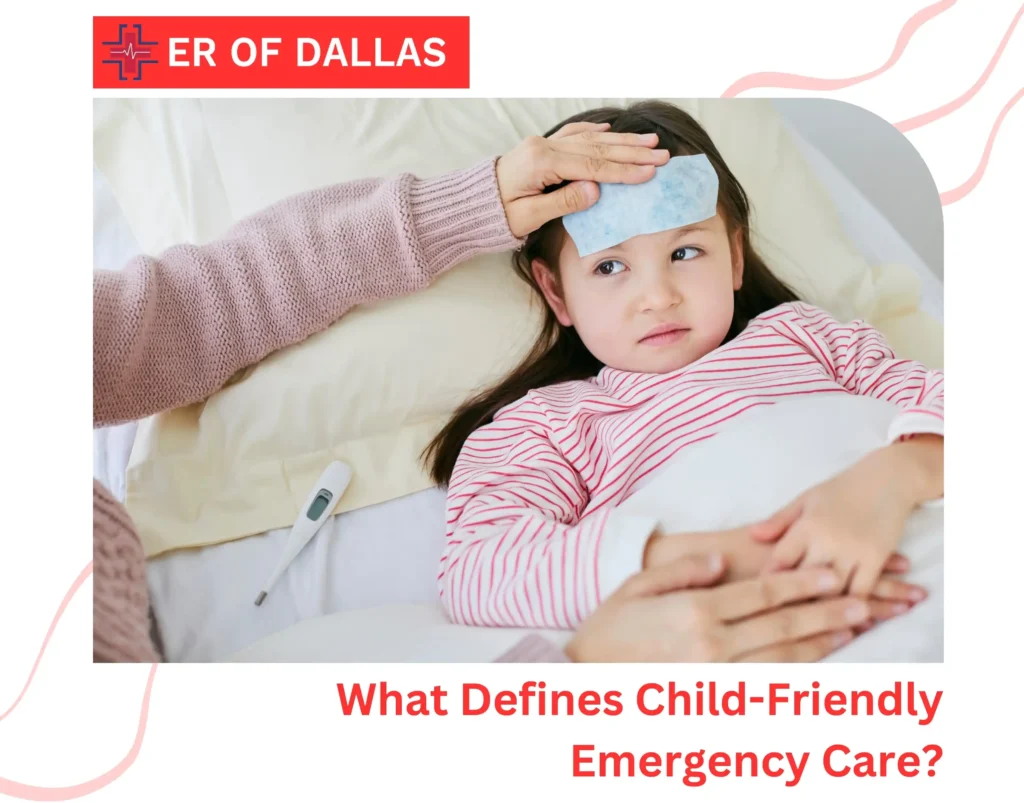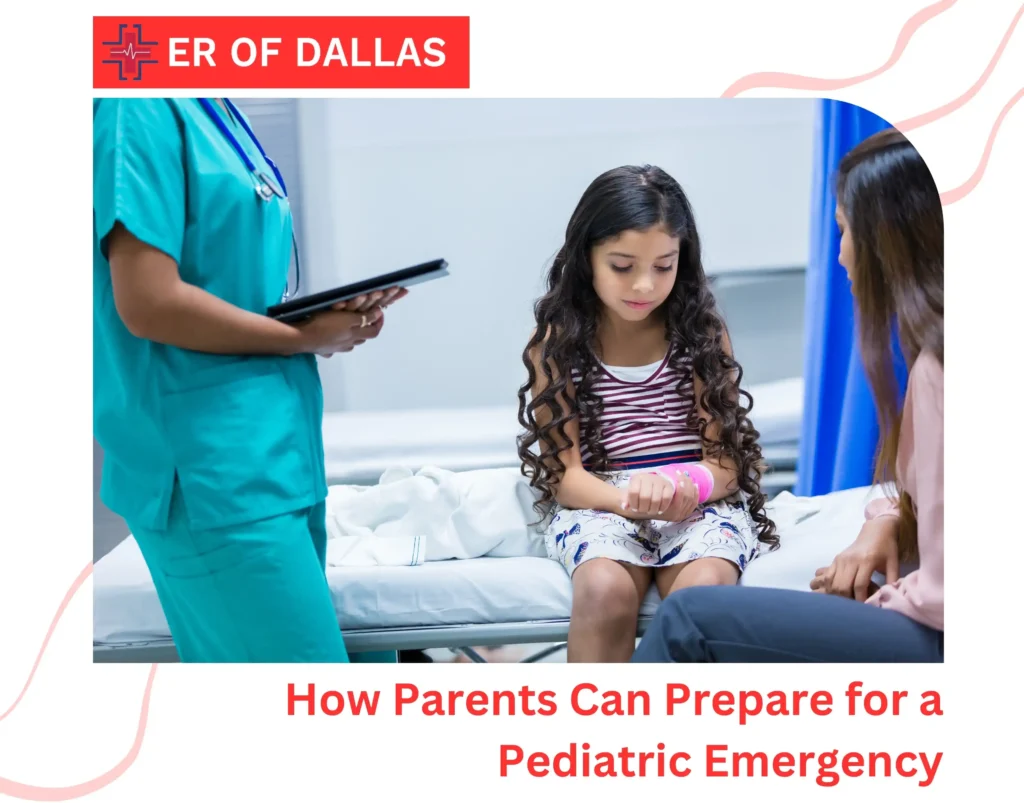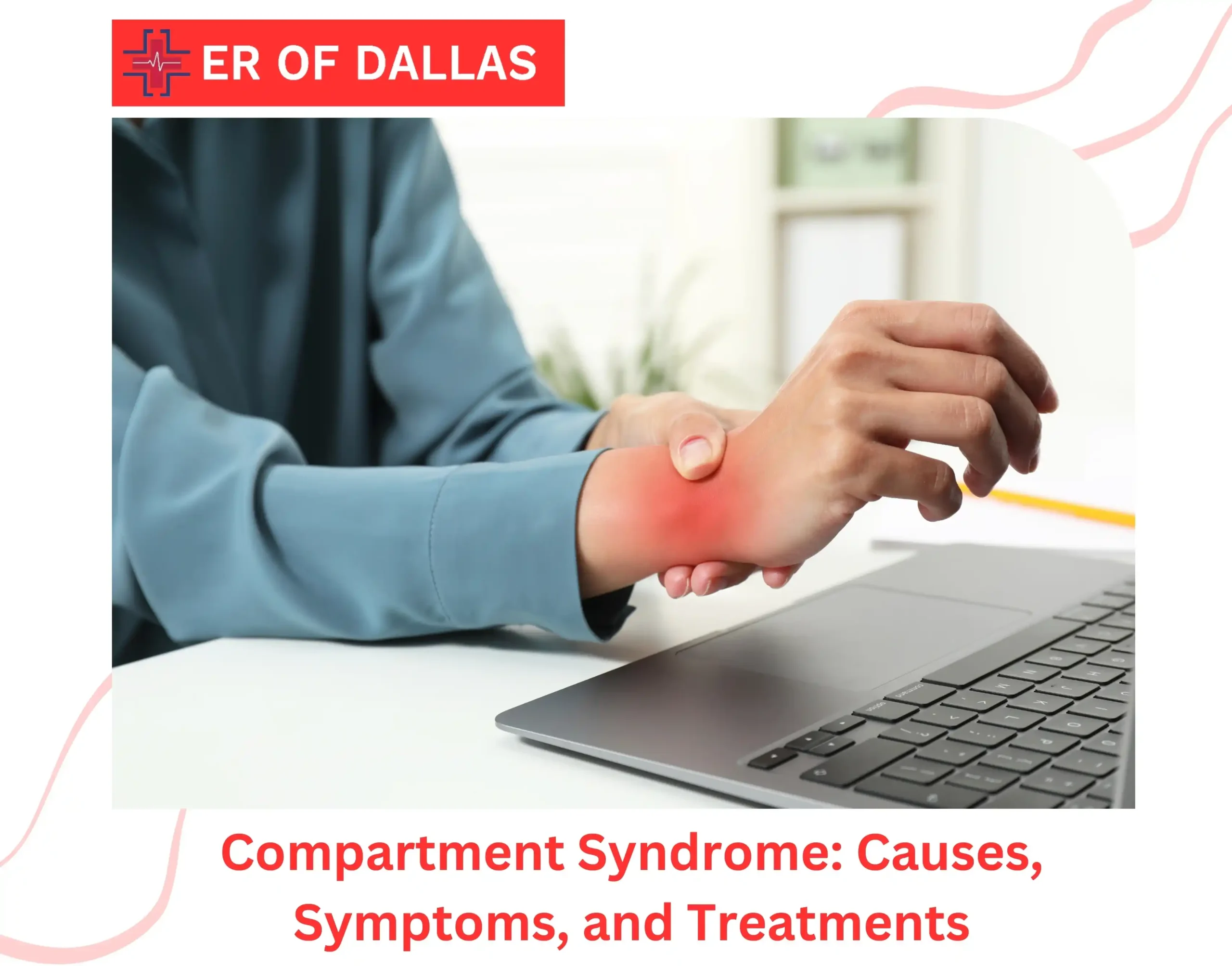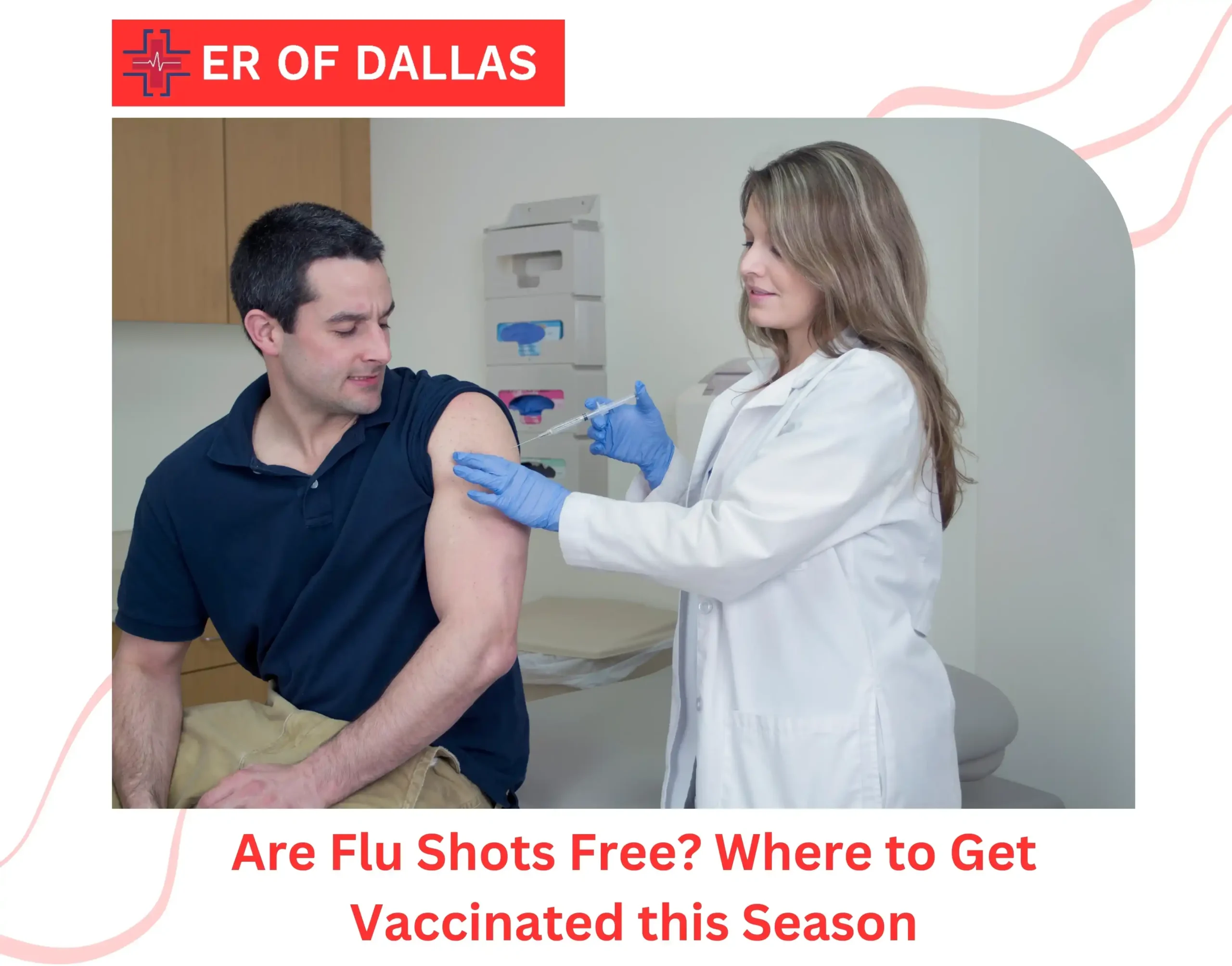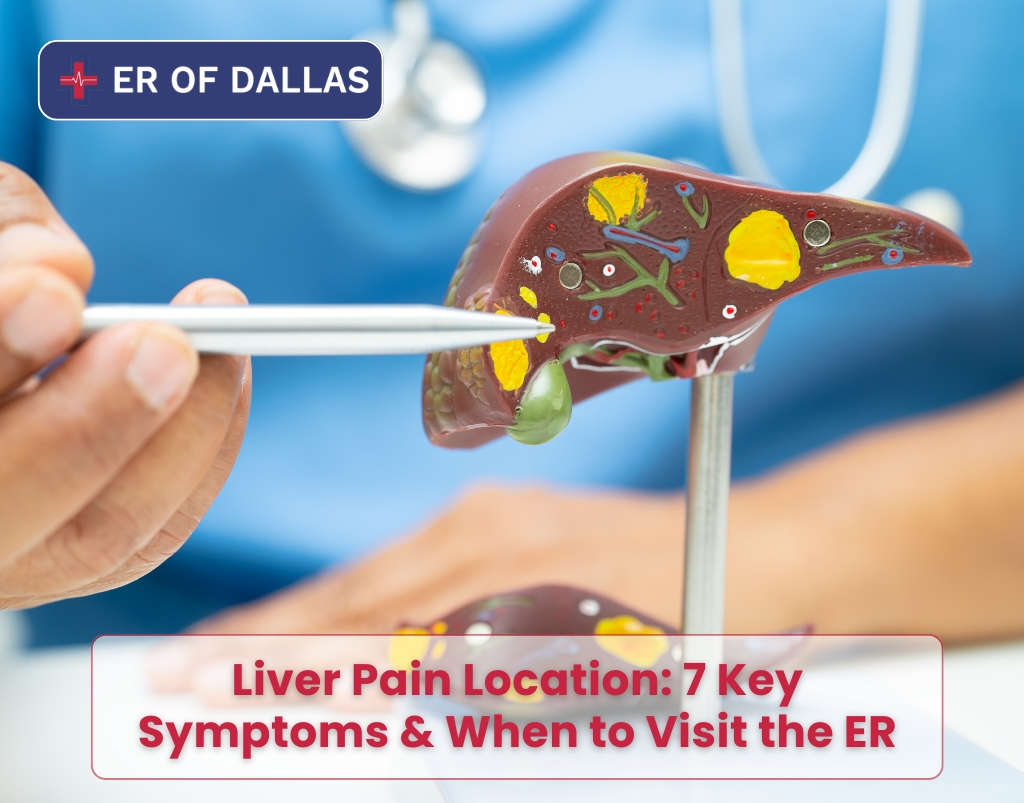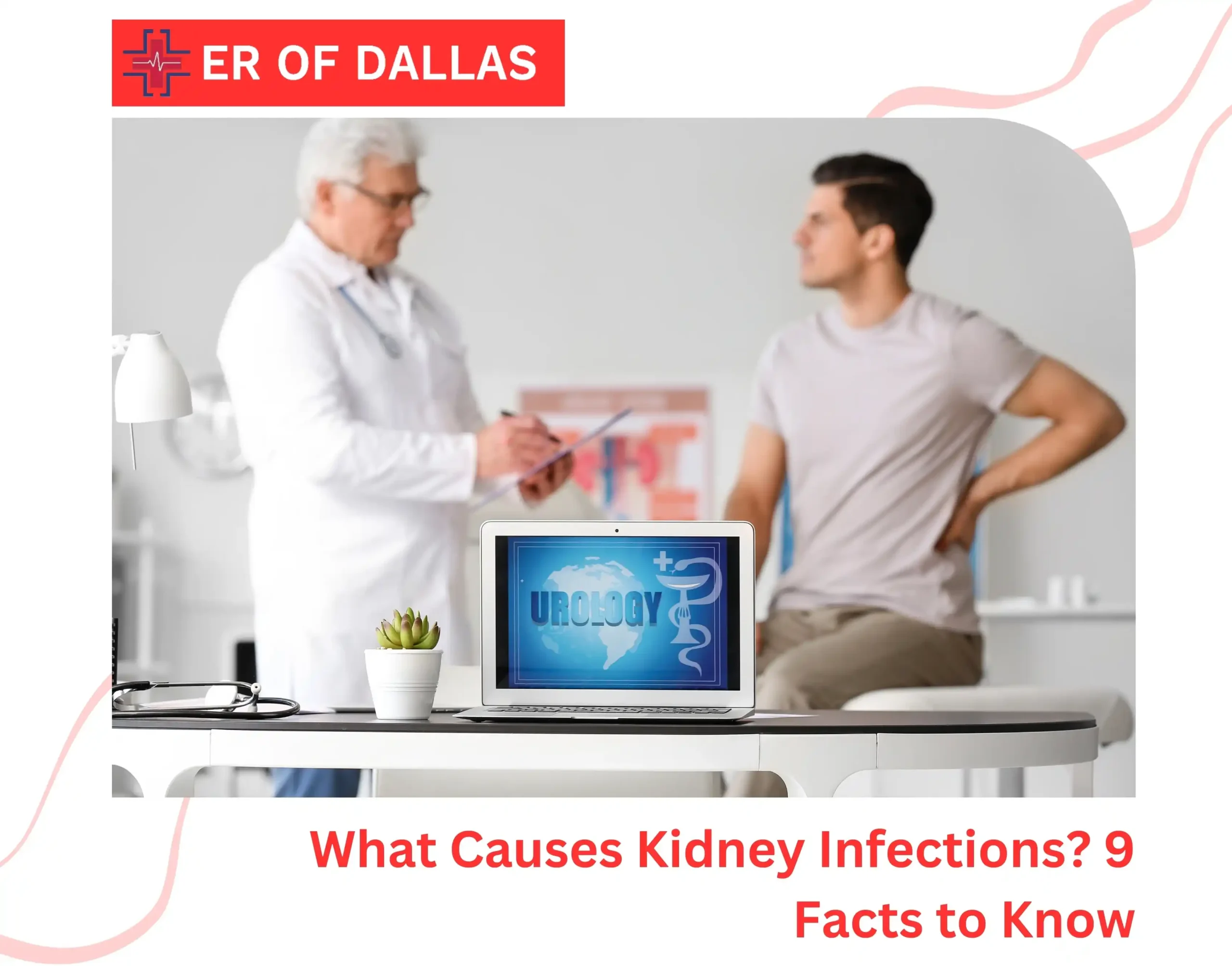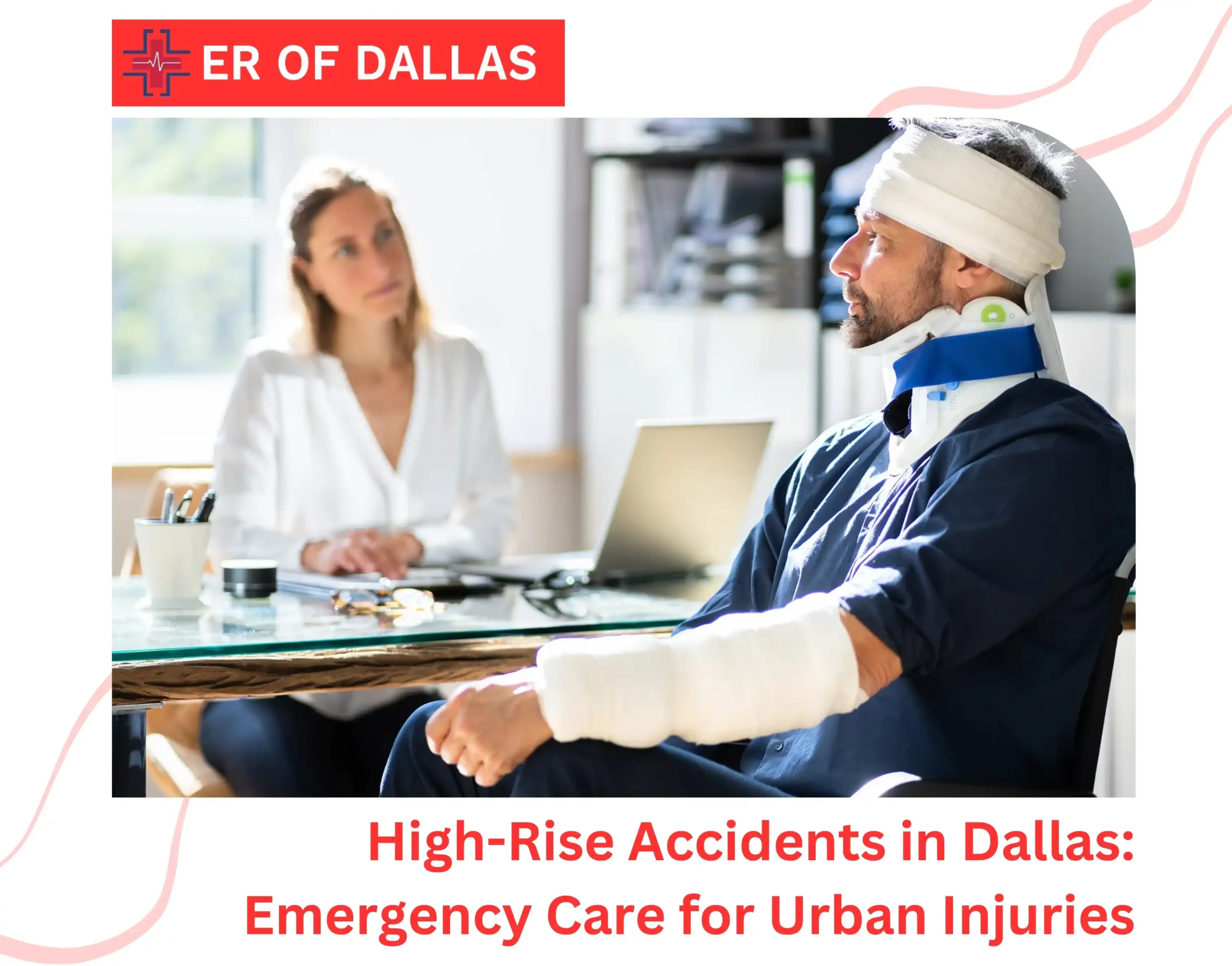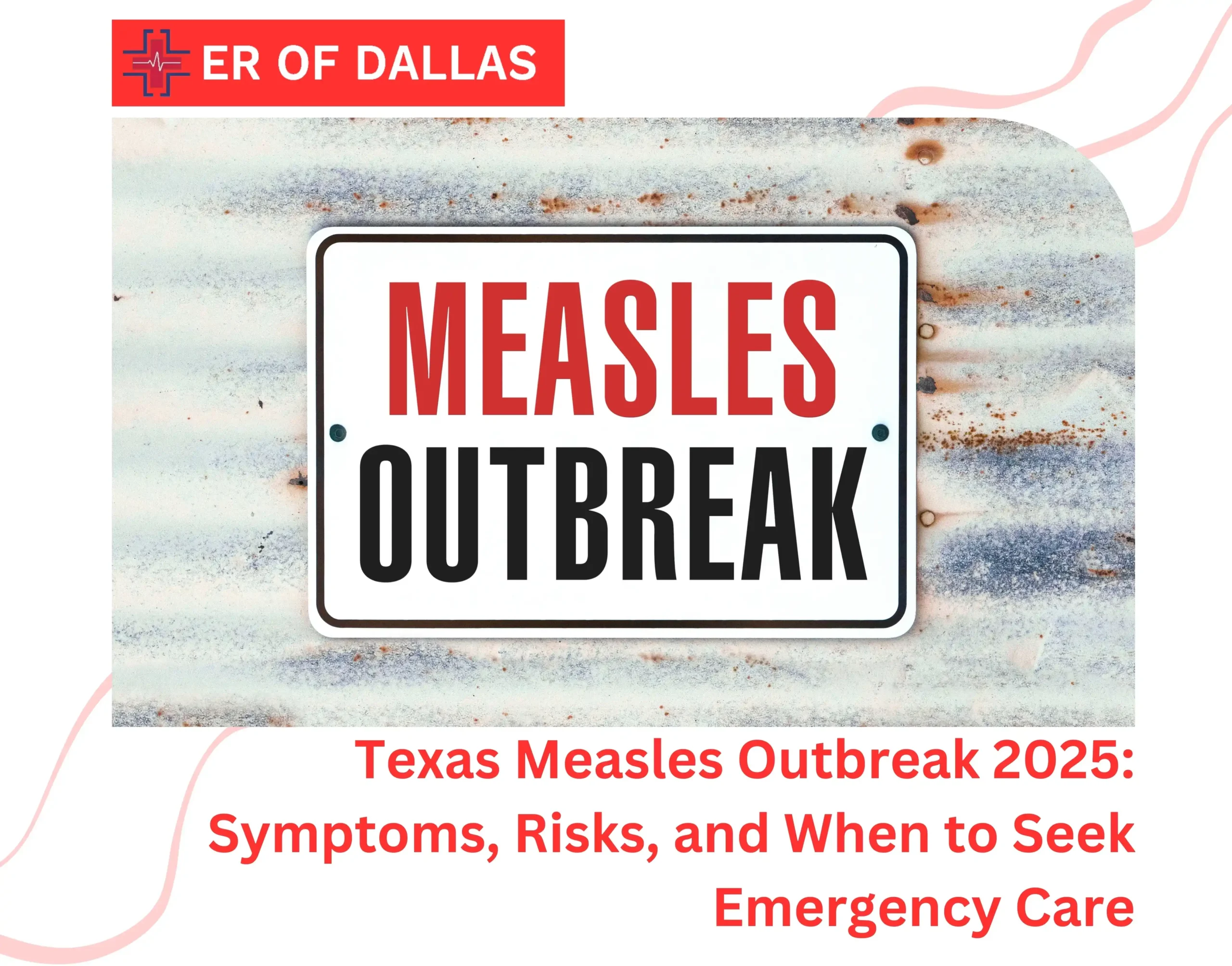Medical emergencies are frightening enough for adults. For children, they can be truly terrifying. Young patients need both expert treatment and an environment that helps reduce anxiety and fear.
At ER of Dallas, our child-friendly emergency care combines advanced peziatric expertise with specially designed treatment spaces that comfort both patients and parents. Our pediatric experts understand not just the medical complexities of treating children, but also how to ease their fears during urgent situations.
From late-night fevers to serious wheezing, we provide 24/7 emergency care that prioritizes your child’s physical and emotional wellbeing during these overwhelming moments.
What Defines Child-Friendly Emergency Care?
Child-friendly emergency care facilities focus on delivering medical services customized to the distinct needs of infants, young children, and teenagers. These centers generally include:
- Pediatric-Specialized Personnel – Doctors, nurses, and support teams proficient in pediatric emergency medicine to address childhood illnesses and injuries.
- Child-Friendly Spaces – Bright, inviting decor, play zones, and distraction methods to alleviate anxiety.
- Age-Appropriate Equipment – Pediatric-sized medical instruments and imaging technologies crafted for smaller, more delicate physiques.
- Comfortable Waiting Rooms – Areas designed for families, featuring child-friendly seating, books, and toys.
- Parental Involvement – Guidelines that permit parents to remain with their children during assessments and procedures.
Common Pediatric Emergencies Treated in Dallas ERs
Kids often need urgent medical attention for pressing health issues, ranging from minor injuries to critical conditions. The pediatric urgent care facility in Dallas is tailored to deliver child friendly care that emphasises swift diagnosis and treatment. Here are the most frequent pediatric emergencies we treat:
Breathing Difficulties
Breathing issues in kids may arise from conditions like asthma, croup, pneumonia, or severe allergic reactions. Pediatric ERs are usually equipped with child-sized nebulizers, high-flow oxygen therapy, and medications such as bronchodilators or steroids to stabilize respiration. Prompt intervention is vital, particularly in situations of respiratory failure or airway blockage.
High Fevers and Infections
A temperature over 100.4°F in infants younger than three months can suggest a serious bacterial or viral infection, including meningitis, RSV, or urinary tract infections. For pediatric fever, our ER employs rapid testing techniques, including blood tests and lumbar punctures if necessary, to identify the cause and provide immediate care, like antibiotics or antiviral treatments.
Broken Bones and Sprains
Children’s bones are more pliable compared to adults’, making fractures and sprains common from falls, playground mishaps, or sports injuries. Pediatric emergency rooms use low-radiation X-rays, ultrasound-guided evaluations, and careful splinting methods to ensure an accurate diagnosis and lessen discomfort during treatment.
Seizures and Neurological Concerns
Febrile seizures, episodes related to epilepsy, or seizures caused by head injuries require immediate assessment. Pediatric ERs adhere to specialized seizure management protocols, including cooling strategies for fever-induced seizures, emergency medications like benzodiazepines, and neurological imaging if necessary.
Severe Allergic Reactions and Anaphylaxis
Severe allergic responses can develop swiftly, potentially leading to anaphylaxis, a critical emergency. Pediatric ER teams are trained to identify early symptoms and administer epinephrine, antihistamines, and steroids while providing airway support and continuous monitoring to avert recurrence.
<h3>Deep Cuts and Burns
Serious lacerations needing stitches and burns from hot liquids, chemicals, or electrical sources require prompt medical intervention. Pediatric emergency departments utilize kid-friendly wound care methods, including absorbable stitches, specialized burn dressings, and pain management techniques to encourage healing and minimize scarring.
Ingestion of Dangerous Substances
Younger children are inherently curious, heightening the risk of unintentional poisoning by household cleaners, medications, or small items. Pediatric ERs work with poison control centers to establish the best response, whether it involves activated charcoal, antidotes, or imaging to locate ingested objects.
Read More: 6 Common Pediatric Emergencies
How Parents Can Prepare for a Pediatric Emergency
Emergencies can be stressful, but being prepared helps you act quickly. Here are key steps to ensure you’re ready:
Know the Nearest Pediatric ER
Familiarize yourself with nearby emergency rooms that specialize in children’s care. Save their addresses and contact numbers for quick access.
Keep a Medical Information Sheet
Have a document listing your child’s:
- Allergies and medical conditions
- Current medications
- Emergency contacts (including your pediatrician)
Pack an Emergency Bag
A small bag with essentials can make ER visits smoother. Include:
- A comfort item (toy, blanket)
- Extra diapers and wipes
- A change of clothes
- A list of emergency contacts
Know When to Seek Emergency Care
Head to the ER if your child has:
- Trouble breathing or bluish skin
- A seizure lasting more than five minutes
- Severe burns, deep cuts, or heavy bleeding
- Unresponsiveness or difficulty waking up
- A high fever with a rash
Being prepared allows you to focus on getting your child the care they need without added stress.
What to Expect During a Pediatric ER Visit
A trip to the emergency room can be daunting for both parents and children. Understanding what to expect can help reduce anxiety and allow you to navigate the experience with more confidence
1. Triage and Initial Assessment
When you arrive, a triage nurse will evaluate your child’s condition by checking vital signs and symptoms to determine the urgency of care needed. More serious cases will be seen right away, while less critical issues may require a brief wait. Pediatric ERs focus on comfort, often providing child-friendly distractions like toys or cartoons.
2. Diagnosis and Treatment
After being placed in an exam room, the ER team will conduct a comprehensive evaluation. Depending on the situation, your child may undergo tests such as:
- Blood tests to check for infections or other underlying issues
- X-rays or ultrasounds to assess fractures, internal injuries, or abdominal pain
- Rapid tests for flu, RSV, or strep throat for common illnesses
Treatment will depend on the diagnosis and may include IV fluids, medications, splints for fractures, or breathing treatments for respiratory issues. The primary goal is to stabilize your child and ensure they receive the best care possible.
3. Parental Involvement and Communication
Parents are vital during their child’s ER visit. You’ll be encouraged to stay with your child throughout most procedures to offer comfort. The medical team will keep you updated at every stage, explaining test results, treatment options, and next steps in a clear and compassionate manner.
4. Discharge and Follow-Up Care
If your child is stable, you’ll receive discharge instructions that outline at-home care, medication information, and any necessary follow-up with a pediatrician or specialist. In some instances, if further observation or advanced care is required, the ER may suggest hospital admission.
Key Takeaway
In a pediatric emergency, every second counts. At ER of Dallas, our pediatric urgent care team delivers 24/7 expert care designed specifically for children, ensuring they receive the urgent medical attention they need in a calm, comforting environment.
From advanced treatments to compassionate support, we are here to provide rapid, high-quality care when it matters most. Your child’s health is our top priority. Trust us to be there when you need us.
FAQs
What is in a first aid kit for kids?
A first aid kit for kids should include bandages, antiseptic wipes, gauze, adhesive tape, child-safe scissors, tweezers, and a digital thermometer.
What to do when a child is gasping for air?
If a child is gasping for air, seek immediate medical attention and ensure their airway is clear while providing calm reassurance.

